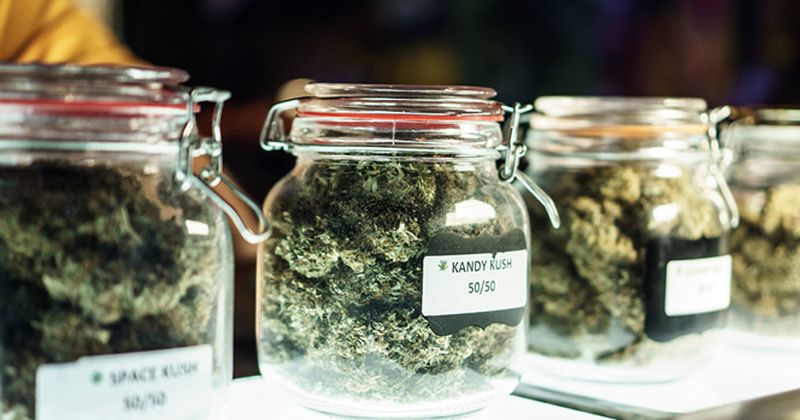Cannabinoid use increases need for higher sedation during endoscopy
SAN DIEGO — Baseline cannabinoid use associated with the need for increased sedation among patients who underwent endoscopy with endoscopist-directed conscious sedation, according to research presented at Digestive Disease Week.
“Endoscopist-directed conscious sedation, or EDCS, is widely used for routine endoscopic procedures such as gastroscopy and colonoscopy. While efficient and cost-effective, EDCS can be limited by failure to achieve sufficient levels of sedation,” Yasmin Nasser, MD, PhD, assistant professor of medicine at the University of Calgary, said. “With legalization [of cannabis] over the last decade, there has been rising use. ... Given the underlying properties of cannabinoids and their potential for interactions with the opiate and benzodiazepines frequently employed in EDCS, it is biologically plausible that baseline cannabinoid use could influence sedation requirements for endoscopy.”

In a prospective cohort study, Nasser and colleagues examined the association between baseline cannabinoid use and sedation requirements among 419 patients in Canada who underwent either esophagogastroduodenoscopy or colonoscopy. Patients completed questionnaires on cannabinoid use and other relevant parameters before the procedure, and researchers administered the patient-reported scale for tolerability of endoscopic procedures (PRO-STEP) evaluating response to EDCS before patient discharge. Studied outcomes included intraprocedural midazolam, fentanyl and diphenhydramine use as well as procedural tolerability and adverse events.
According to study results, baseline cannabinoid use associated with high midazolam use ( 5 mg: adjusted OR = 2.89; 95% CI, 1.19-7.5), administration of any diphenhydramine (aOR = 3.04; 95% CI, 1.29-7.3) and an increased need for high total sedation (midazolam 5 mg, fentanyl 100 mcg or any diphenhydramine: aOR = 3.72; 95% CI, 1.35-11.68) during EGD. During colonoscopy, baseline cannabinoid use had a non-significant trend for requiring higher doses of midazolam (aOR = 0.89; 95% CI, 0.41-1.91) or any diphenhydramine (aOR = 2.36; 95% CI, 0.81-7.04). Baseline cannabinoid use did not associate with fentanyl use, intraprocedural awareness or discomfort according to PRO-STEP or adverse events.
“We identified significant differences in the midazolam requirements between users and non-users of cannabinoids undergoing gastroscopy but not colonoscopy. Baseline cannabinoid use was associated with higher use of diphenhydramine for gastroscopy with similar trends for colonoscopy,” Nasser concluded. “Overall, our findings could suggest the following: first, that baseline cannabinoid users undergoing endoscopic procedures require increased doses of benzodiazepines relative to opiates and second, that the overall tolerability of outpatient endoscopy is similar between cannabinoid users and non-users.”

